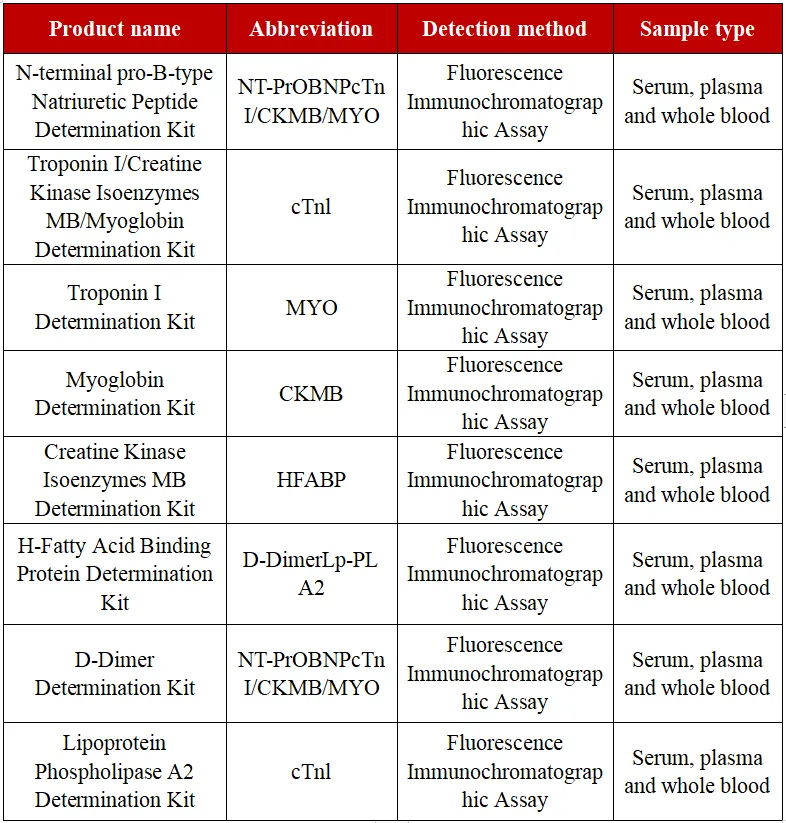Understanding What is PSMA PET Scan: A Comprehensive Guide to Its Benefits and Applications in Cancer Diagnosis
#### What is PSMA PET Scan?PSMA PET scan, or Prostate-Specific Membrane Antigen Positron Emission Tomography scan, is an advanced imaging technique primaril……
#### What is PSMA PET Scan?
PSMA PET scan, or Prostate-Specific Membrane Antigen Positron Emission Tomography scan, is an advanced imaging technique primarily used to detect prostate cancer. This scan utilizes a radiotracer that binds specifically to PSMA, a protein that is overexpressed in prostate cancer cells. By targeting this protein, the PSMA PET scan provides detailed images of prostate cancer spread in the body, making it an invaluable tool for oncologists.
#### The Importance of PSMA PET Scan in Cancer Detection
The significance of understanding what is PSMA PET scan lies in its role in improving cancer diagnosis and treatment planning. Traditional imaging techniques like CT and MRI may miss small metastatic lesions, especially when the PSA levels are low. However, the PSMA PET scan offers higher sensitivity and specificity, allowing for the detection of cancer that might not be visible through other imaging modalities.
#### How Does a PSMA PET Scan Work?

During a PSMA PET scan, a patient is injected with a radioactive tracer that targets PSMA. After a waiting period to allow the tracer to accumulate in cancerous tissues, the patient undergoes imaging. The PET scan detects the radiation emitted by the tracer, creating detailed images that highlight areas of cancer activity. This process not only helps in diagnosing prostate cancer but also in evaluating treatment responses and detecting recurrences.
#### Benefits of PSMA PET Scan
1. **Higher Accuracy**: One of the primary benefits of what is PSMA PET scan is its accuracy in identifying prostate cancer. Studies have shown that PSMA PET scans can detect cancer in lymph nodes and other organs that other imaging techniques might overlook.
2. **Guiding Treatment Decisions**: The information obtained from a PSMA PET scan can help oncologists make informed decisions about treatment options. For instance, if the scan reveals metastasis, doctors may consider systemic therapies rather than localized treatments.

3. **Monitoring Treatment Response**: PSMA PET scans can be used to monitor the effectiveness of ongoing treatments. By comparing scans taken before and after treatment, doctors can assess whether the cancer is responding to therapy.
4. **Improving Patient Outcomes**: Early detection and accurate staging of prostate cancer can significantly improve patient outcomes. With the enhanced precision of PSMA PET scans, patients can receive timely and appropriate interventions.
#### Limitations and Considerations
While the PSMA PET scan is a revolutionary tool in prostate cancer management, it is important to consider some limitations. For example, the availability of the radiotracer may vary by location, and not all insurance plans may cover the cost of the scan. Additionally, the interpretation of scan results requires specialized training, and false positives can occur.

#### Conclusion
In conclusion, understanding what is PSMA PET scan is essential for both patients and healthcare providers involved in prostate cancer management. This advanced imaging technique offers significant advantages in terms of accuracy, treatment guidance, and monitoring, ultimately leading to better patient outcomes. As research continues to evolve, the role of PSMA PET scans in oncology will likely expand, further enhancing our ability to combat prostate cancer effectively.